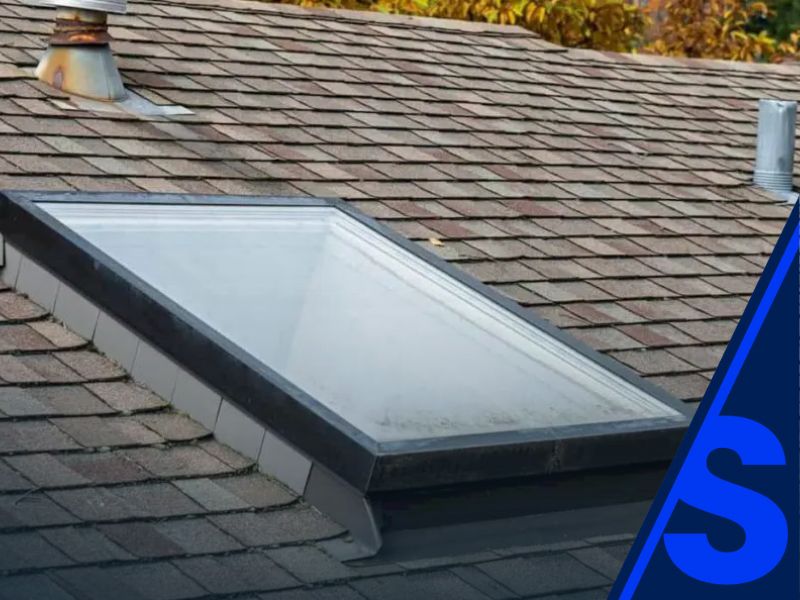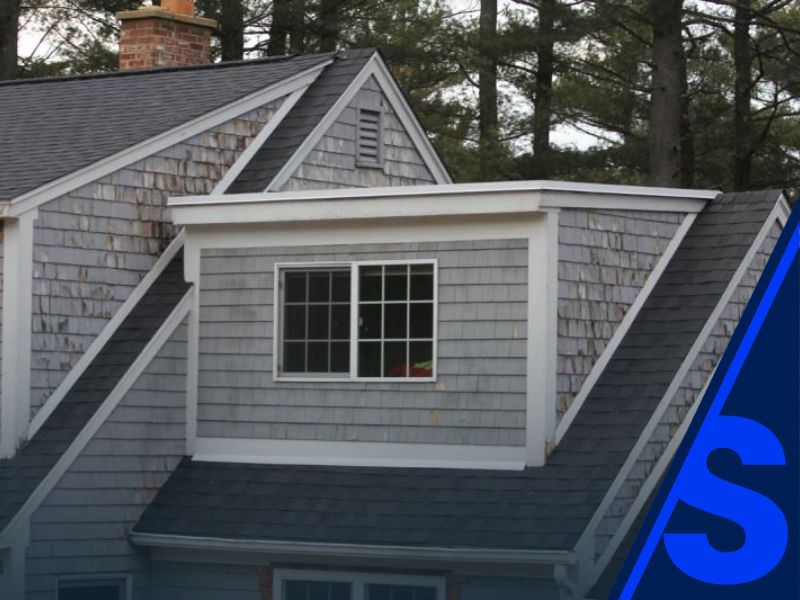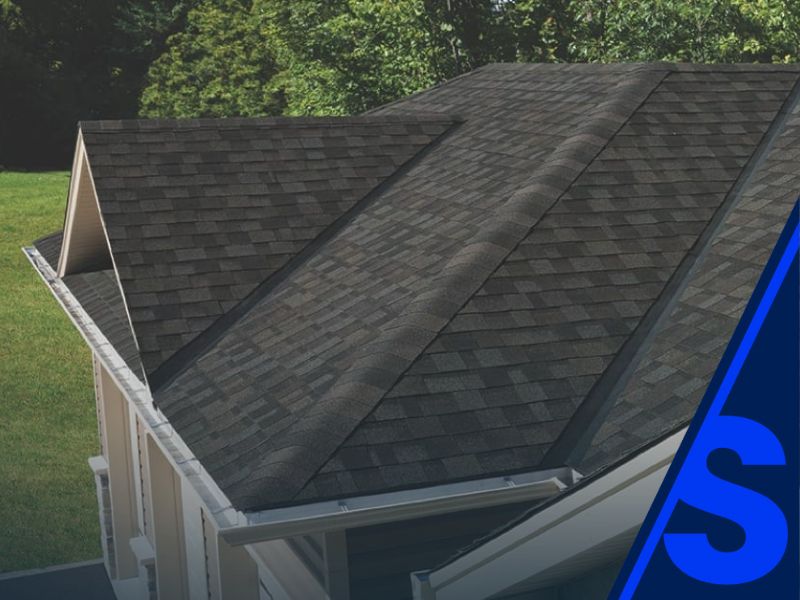Table of Contents
For builders, roof flashing is a critical component of any roofing system. Proper roof flashing protects critical areas of the roof from water intrusion, directs water away from roof valleys and penetrations, and ensures long-term durability. Understanding the types of roof flashing, the materials used, and when upgrades are necessary is essential to avoid costly callbacks and maintain code compliance. This article breaks down the technical aspects of roof flashing for builders, providing guidance for new construction and efficient installation practices.
What Is Roof Flashing and Why It Is Essential
Roof flashing is a thin sheet of metal or other durable material installed at critical areas of the roof to direct water away from seams, joints, and penetrations. Roof flashing is essential for protecting the roof from water damage, roof leaks, and premature deterioration.
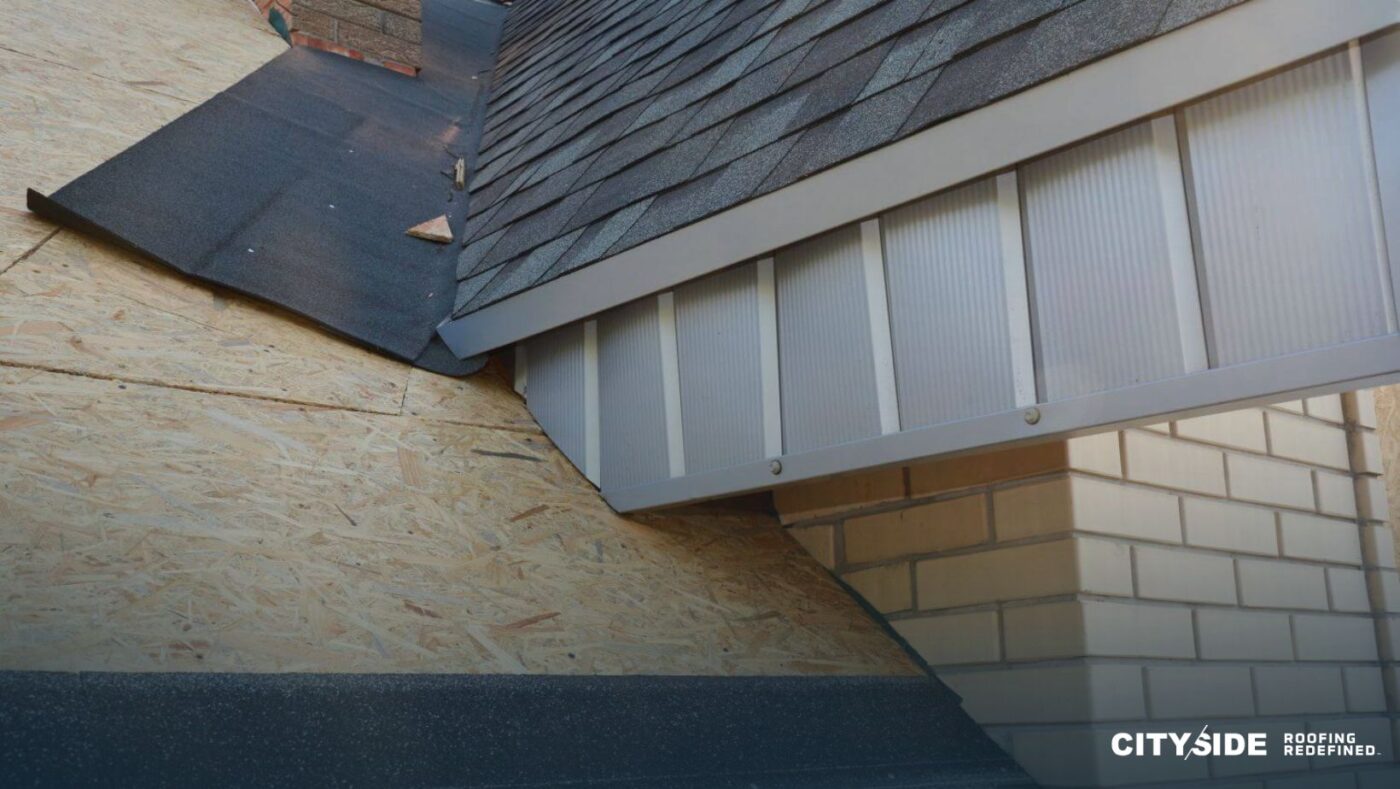
Builders rely on proper flashing to:
- Ensure the roof meets building code requirements.
- Protect the roof deck and roof materials from moisture intrusion.
- Extend the longevity of the roof by preventing water-related failures.
Roof flashing works in conjunction with roofing shingles, metal roofs, and membranes to create a complete waterproofing system. When integrated into new construction, roof flashing reduces risk and improves operational efficiency. Learn more about CitySide Roofing Installation Services for expert guidance on proper flashing installation.
Common Types of Roof Flashing
There are several types of roof flashing used across different types of roofs. Each type serves a specific purpose depending on the roof design and critical areas that need protection.
Step Flashing
Step flashing is typically used along roof-to-wall intersections. Each piece of step flashing is installed with roofing shingles in a step-like pattern to direct water away from the wall and roof deck. Builders rely on step flashing to prevent water from seeping into the roof at junctions. Step flashing ends are critical points for ensuring continuous protection.
Base Flashing
Base flashing is installed around chimneys, skylights, and other vertical roof features. Base flashing is a piece of flashing that forms the first layer of protection and is paired with counter flashing to secure water-tight integrity. Base flashing is required in all new roof installations to ensure compliance with building code.
Drip Edge Flashing
Drip edge flashing is installed at roof edges to channel water away from the fascia and roof deck. Gutter apron flashing is installed in conjunction with drip edge flashing to manage runoff efficiently. Drip edge flashing protects the roof edge and prevents water from seeping into roof decking or roof framing.
Continuous Flashing
Continuous flashing is a long piece of metal installed along horizontal roof joints or where the roof meets parapets. Continuous roof flashing provides consistent protection along roof seams and roof edges, particularly in flat or low-slope roofs.
Other Types
Other types of roof flashing include counter flashing, valley flashing, kickout flashing, and apron flashing. Counter flashing protects base flashing from direct exposure, while valley flashing directs water away from roof valleys. Kickout flashing is used to direct water from walls into the gutter system. Each piece of flashing is installed to protect critical areas of the roof and minimize repair costs.
Roof Flashing Materials
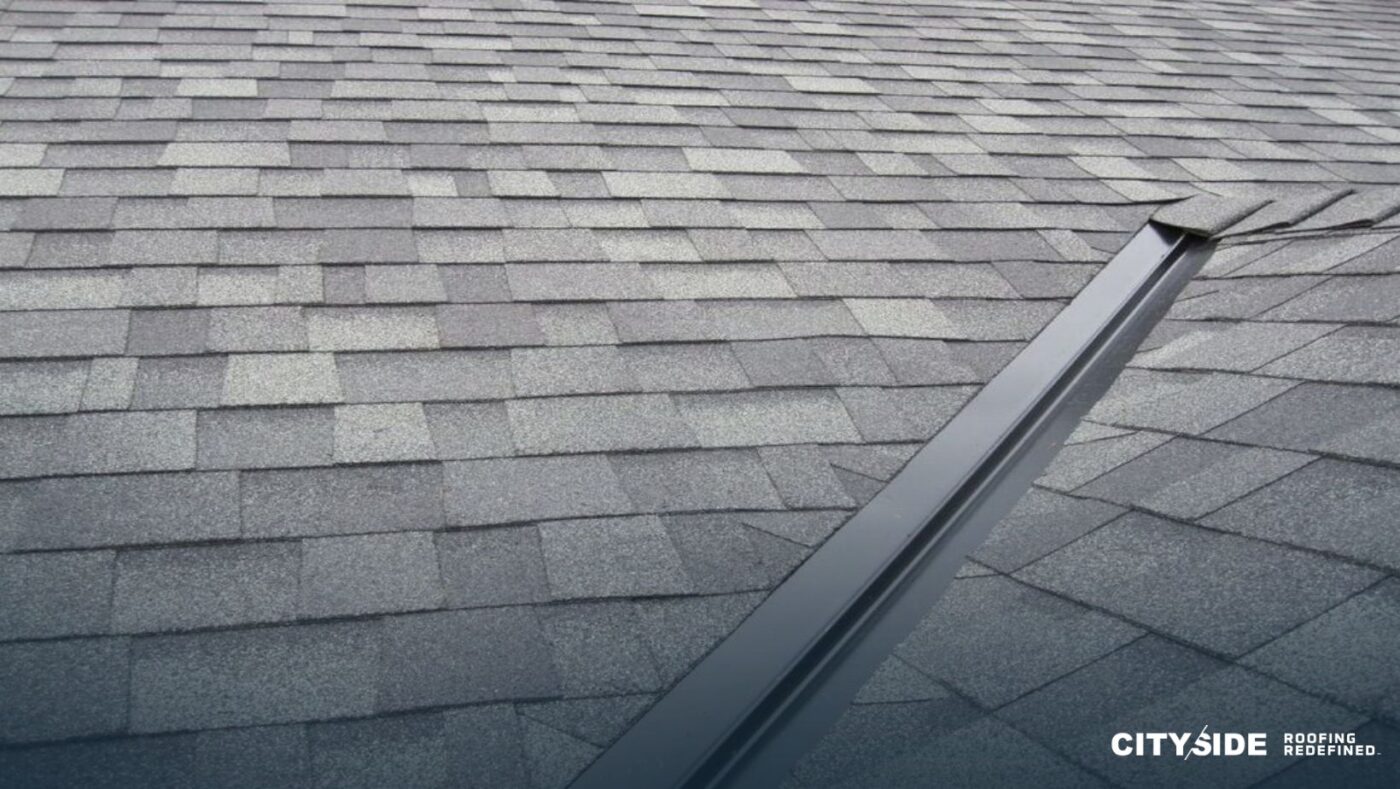
Roof flashing materials vary based on the roof type, budget, and environmental conditions. Common roof flashing materials include:
- Aluminum flashing is lightweight, corrosion-resistant, and ideal for metal roofs.
- Copper flashing is durable, long-lasting, and often used for high-end roofing systems.
- Galvanized steel is strong and cost-effective but may require protective coatings in coastal climates.
- Sheet metal flashing is versatile and can be fabricated into custom sizes for unique roof features.
Builders must choose the appropriate flashing material to ensure the roof flashing is securely attached, meets code requirements, and maintains long-term performance. For detailed guidance on materials, consult CitySide Roof Material Guidelines.
How Roof Flashing Works in Different Roof Types
Roof flashing functions differently depending on the type of roof. For shingle roofs, flashing is integrated beneath roofing shingles to seal roof valleys and roof penetrations. For metal roofs, metal flashing is installed with mechanical fasteners to ensure the roof meets durability standards.
Understanding how roof flashing works across roof types helps builders plan installations efficiently. Proper integration prevents roof leaks, reduces callbacks, and ensures the roofing system performs as expected throughout its lifespan.
Roof Flashing Sizes and Specifications
Roof flashing sizes vary depending on the roof penetration or joint being protected. Step flashing pieces are typically 2 to 4 inches in height, while base flashing and continuous flashing may extend several feet. Roof flashing sizes should comply with building code and manufacturer specifications to provide proper coverage.
Builders should also ensure flashing thickness is adequate for the roof materials used. Metal roof flashing is usually thicker than flashing for shingle roofs to withstand wind uplift and structural movement. Following size specifications ensures proper flashing function and long-term roof performance.
When to Upgrade Roof Flashing
Upgrading roof flashing is necessary in several situations:
- During a new roof installation to meet modern building codes.
- If existing flashing is damaged, corroded, or improperly installed.
- When changing roof types, such as converting from asphalt shingles to a metal roof.
Repair roof flashing or upgrades help prevent water from seeping into the roof, protect roof decking, and maintain the integrity of the roofing system. Builders should integrate flashing upgrades into project schedules for operational efficiency and compliance.
Step Flashing Installation Best Practices
Step flashing is installed with each layer of roof shingles at roof-to-wall intersections. Builders should ensure that each piece of step flashing is overlapped correctly and that the flashing is in contact with both the wall and the roof deck.
Key considerations for step flashing installation include:
- Ensure flashing pieces are level and aligned.
- Overlap each piece by at least 2 inches.
- Integrate roofing shingles with flashing to direct water away from the roof surface.
Proper step flashing prevents roof leaks at critical junctions and minimizes rework during construction. Builders can follow manufacturer and code guidelines to guarantee effective step flashing installation.
Base Flashing and Counter Flashing Coordination
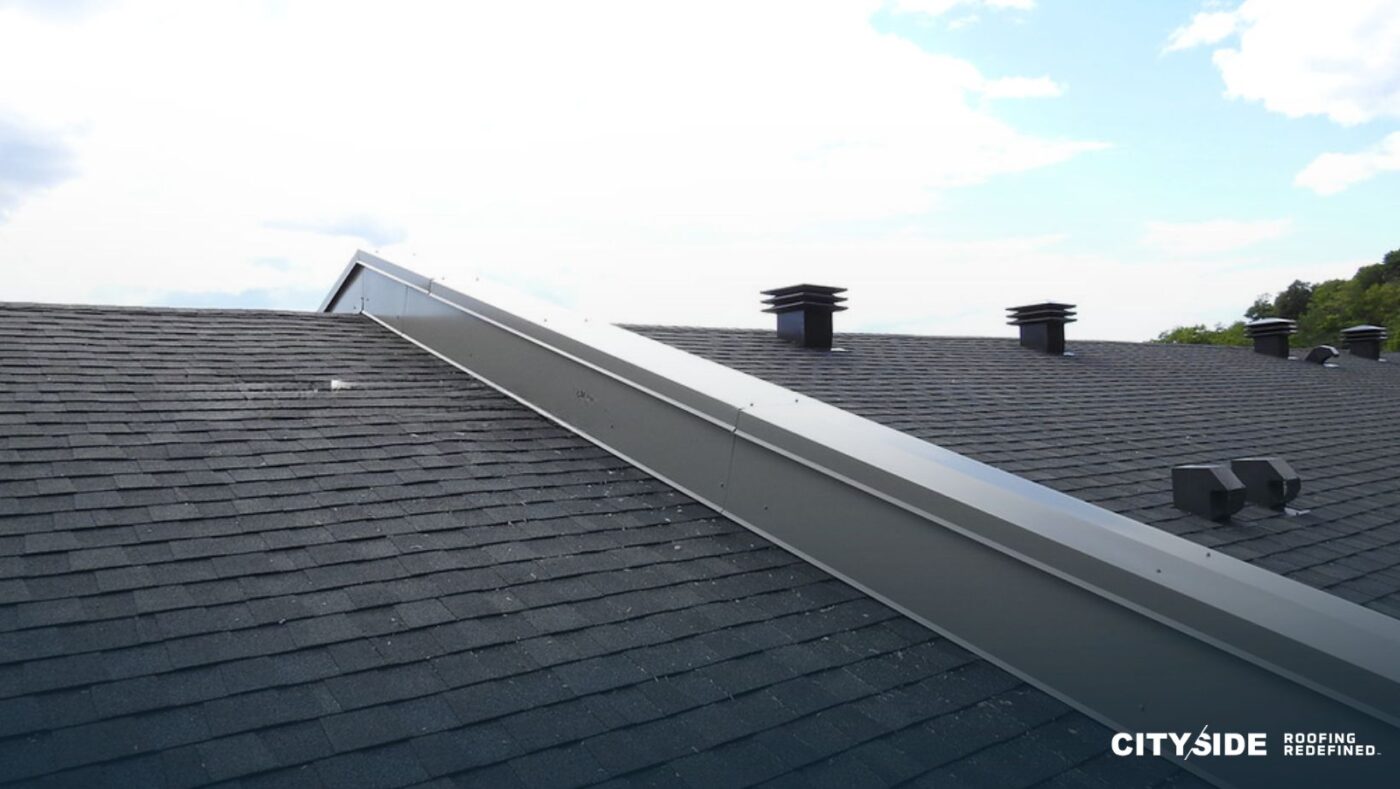
Base flashing is combined with counter flashing to protect roof penetrations such as chimneys or skylights. Counter flashing covers the exposed edge of base flashing, preventing water from seeping beneath.
Builders should install counter flashing to:
- Ensure compliance with building code.
- Maintain the waterproof integrity of the roof system.
- Extend the life of the roofing materials.
Coordinating base and counter flashing during new construction reduces the risk of roof leaks and avoids future maintenance challenges.
Drip Edge Flashing and Water Management
Drip edge flashing plays a crucial role in directing water away from the roof edge and into the gutter system. Proper drip edge flashing protects the roof from water damage at roof edges and roof valleys.
Installation tips for builders include:
- Align drip edge flashing flush with the roof edge.
- Secure flashing with nails at specified intervals.
- Ensure continuous flashing along all edges for uniform water diversion.
Drip edge flashing is an essential component of the roofing system and contributes to the longevity of your roof. For professional installation, consider CitySide Roofing Services.
Roof Flashing Maintenance and Inspection
Even new roof flashing requires inspection during construction and roof installation. Builders should verify:
- Flashing is securely attached and correctly overlapped.
- Flashing pieces cover all critical roof areas and penetrations.
- No gaps exist that could allow water intrusion.
Periodic inspections ensure flashing is performing correctly and helps builders avoid costly callbacks. Proper roof flashing can prevent water from damaging the roof deck and underlying materials.
Choosing the Best Roof Flashing for Your Project
Selecting the best roof flashing depends on roof type, roof features, and project requirements. Builders should consider:
- Compatibility with roof materials, including shingle and metal roofs.
- Durability and resistance to environmental factors.
- Compliance with local building codes.
- Ease of installation and integration with roofing schedules.
The right roof flashing protects critical areas, improves project efficiency, and ensures long-term durability. CitySide New Construction Roofing Services can guide builders in choosing the best roof flashing materials and installation practices.
Key Takeaways
- Roof flashing is essential for directing water away from critical areas and protecting the roof from damage.
- Different types of roof flashing include step flashing, base flashing, counter flashing, drip edge flashing, and continuous flashing.
- Selecting the appropriate flashing material ensures long-term durability and code compliance.
- Proper installation, including adherence to size specifications and overlap, is critical to performance.
- Builders should schedule inspections and consider upgrades during new construction or roof replacement projects.
Roof flashing is a small but critical component of any roof system. Correctly installed flashing protects the roof deck, prevents water damage, and extends the longevity of the roofing system. Builders can ensure quality and compliance by integrating flashing installation into their project workflow and partnering with professional roofing services.
For professional guidance and installation of roof flashing, contact CitySide Roofing to ensure your roofing system is protected from water damage and installed to specification.

